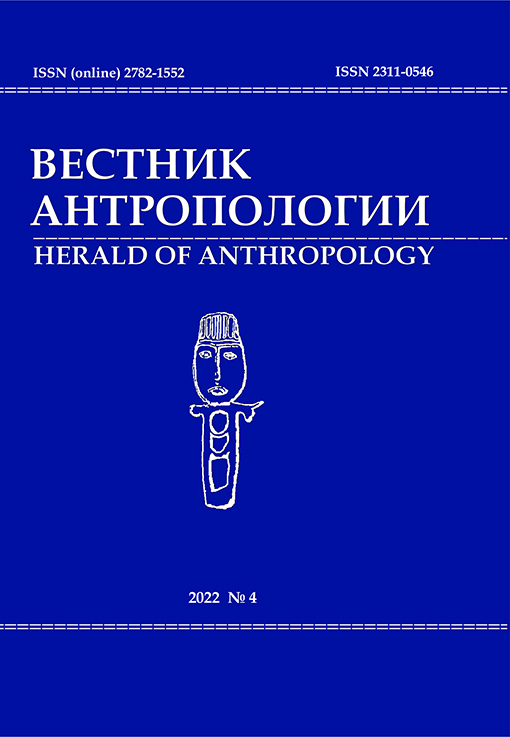“Baptized Tatars” or Kryashens: Soviet Ethnic Policy and the Problem of Self-identification of Turkic-speaking Ethnic Groups in the Volga-Ural Region Compared with the Altai-Sayan Region
DOI: 10.33876/2311-0546/2022-4/26-41
Keywords:
“Baptized Tatars”, Kryashens, Nagaybaks, Volga-Ural region, Altai-Sayan region, Turks, Orthodoxy, Islam, national politicsAbstract
The article compares the different patterns of the transformation of ethnic and confessional identities among the Turkic-speaking local ethnic groups of the Volga-Ural (Kryashens, Nağaybäks) and the Altay-Sayan (the Khakas, Teleuts, Kumandins, Tubalars and Shors) regions between the 19th‑20th and the beginning of 21st centuries. Until recently all the mentioned groups had been associated with “baptised Tatars” due to their Orthodox religion and Turkic languages. The Soviet ethnic policy towards these groups led to dissimilar results in different regions. In the post-Soviet period, they demonstrate both examples of sustainable preservation of internal unity and certain separatism. The article analyzes the role of confession in these transformations and the ethnic-specific development of the studied groups throughout history.





















